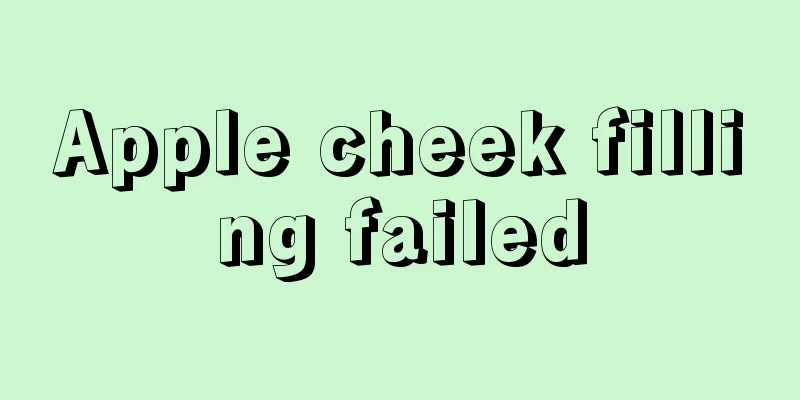Will lung cancer treatment cause complications? The main things to note when treating lung cancer

|
Over the past half century, the incidence of bronchial lung cancer has increased year by year and has become one of the most common malignant tumors. Many patients are unable to undergo surgery when they seek medical treatment, and the effect of intravenous chemotherapy is not ideal. Interventional therapy has received increasing attention in clinical practice due to its unique advantages. Because bronchial lung cancer is mainly supplied by bronchial arteries, bronchial artery infusion chemotherapy (BAI) and bronchial artery embolization (BAE) are the main interventional treatments for bronchial lung cancer. The survival rate and quality of life of patients are better than systemic intravenous chemotherapy. Due to the anatomical characteristics of bronchial arteries that can send out spinal cord branches and share a common trunk with the intercostal arteries, in addition to the complications of general vascular puncture and catheterization and intercostal artery complications (manifested as band-like or flaky swelling and pain on the chest wall skin), the most serious complication of bronchial artery chemoembolization is spinal cord damage. Although the latter has a low incidence, the consequences are serious and vigilance must be increased. When performing bronchial artery angiography (BAG), attention should be paid to identifying the "hairpin sign". During BAI, anticancer drugs should be fully diluted and slowly injected. During BAE, 3F microcatheter superselective intubation should be used to avoid the anterior spinal artery and nerve root nutrient artery. At the same time, it should be stopped when necessary and excessive embolization should be avoided to prevent reflux. The clinical manifestations of spinal cord ischemia are numbness of the limbs, urinary and bowel disorders, and inability to move the lower limbs after treatment. Once discovered, vasodilators such as nicotinamide, low molecular weight dextran, and salvia miltiorrhiza should be used as soon as possible to improve spinal cord blood circulation, and dexamethasone or mannitol dehydration treatment should be used to reduce spinal cord edema, as well as other corresponding symptomatic treatments. As long as the treatment is timely, most patients can recover completely. |
<<: Why is liver cancer so common? These reasons are very common
Recommend
What are the bones on both sides of the foot called
Among our bones, the foot bones support the bones...
What are the hazards of accidentally ingesting laundry detergent
Washing powder is an indispensable item in our li...
What are the benefits of soaking your feet in ginger and Sichuan pepper?
Foot soaking is a very good habit. For example, a...
Causes of bone cancer
Generally speaking, bone cancer is caused by the ...
Experts point out that postoperative care for rectal cancer mainly requires the following aspects
Good postoperative care for rectal cancer plays a...
Don’t worry about bad breath, there is a solution!
A handsome boy or a beautiful girl smiles at you,...
Gallbladder polyps cause some pain when breathing
Gallbladder polyps may cause pain when breathing ...
Can gastric cancer patients eat pumpkin after surgery?
After gastric cancer surgery, it is best to use e...
How long can patients with advanced cervical cancer live? How long is the survival period for advanced cervical cancer?
How long can patients with advanced cervical canc...
What is goose palm wind? Ten Chinese medicine conditioning recommendations
Goose foot wind is a disease that occurs on the h...
Which antibiotics are used for lymphadenitis?
Lymph nodes are very important organs in the huma...
What to do if you have a cold and phlegm in your throat
A cold is usually accompanied by symptoms such as...
Tips to prevent shoes from rubbing your toes
Everyone knows that when buying shoes, it is best...
Does black sesame paste cause internal heat?
I believe that many of you love to eat black sesa...
Is the rat snake poisonous?
People don't have a very good impression of s...









